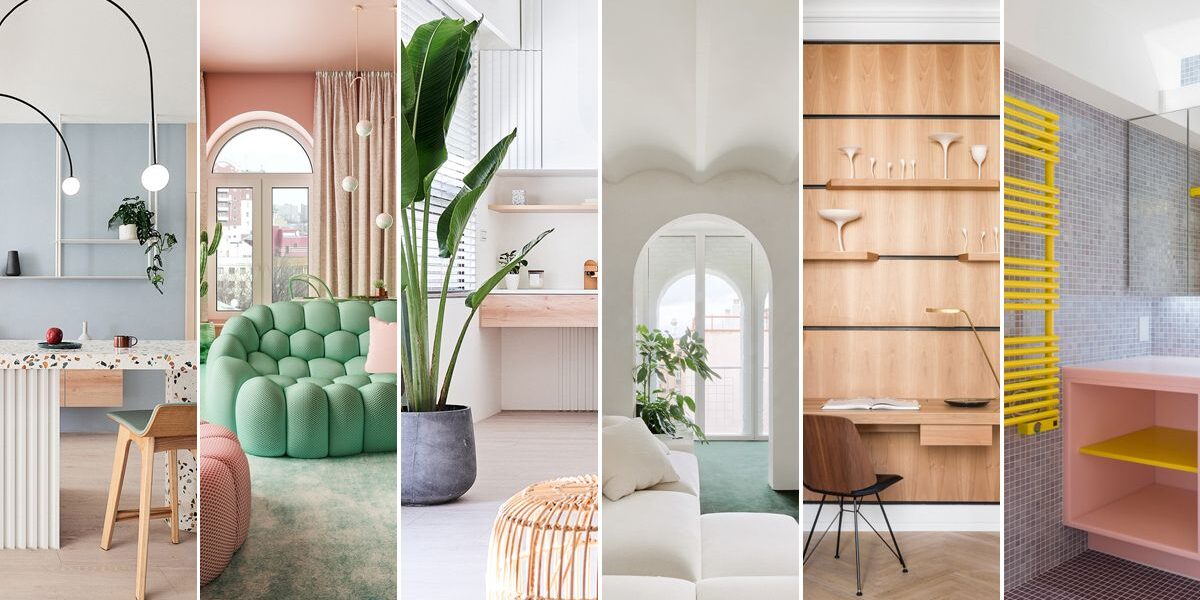Interior design is an attractive career merging creativity and business savvy. Designers transform empty spaces into beautiful, functional environments. But what can you expect to earn in this aesthetics-meets-analytics profession? Here’s an overview of the average interior designer salary range.
According to the Bureau of Labor Statistics, the median pay for interior designers in 2020 was $58,950 per year ($28.38 per hour). This is the midpoint in the pay scale. The lowest 10 percent of interior designers earned less than $35,680, while the top 10 percent earned over $98,810 annually.
Location impacts salaries significantly. Interior designer pay is highest in major metropolitan areas like New York, San Francisco and Miami where the cost of living is higher. The top-paying states for interior designers are New York, Florida, Nevada, California and Texas. Geographic areas with the most jobs and highest concentrations of design firms tend to offer the highest salaries.
Experience is another big factor in interior designer earnings. Those just starting out as assistants or junior designers can expect to earn $35,000 to $50,000. With 3-5 years experience, interior designers may earn $45,000 to $70,000. Senior interior designers with 5-10 years experience tend to make $60,000 to $100,000. Highly experienced principals and directors at firms can earn $100,000 to $150,000+.

The type of company also impacts pay. At large design firms, the average salary ranges from $50,000 for junior roles up to $120,000+ for principals. Boutique firms tend to pay somewhat less. Salaries may also be lower for in-house design positions in sectors like hospitality, retail and healthcare versus specialized design firms. Self-employed interior designers can earn widely varying incomes depending on their clientele and workload.
Interior designers in high-end locations like Sanibel interior design showrooms or those working with affluent residential clients also earn towards the top end of the pay scale. Designers must factor cost of living for a geographic area into salary requirements. Big city jobs pay more but live costs are higher as well.
Beyond the base salary, many interior designers earn bonuses based on performance, client satisfaction, or overall company profits. Senior positions may include profit sharing, stock options or royalties. Side income from product licensing or decor collaborations can also supplement earnings.
Interior designer income reflects factors like education, certifications, specializations, location and experience. With continuing education and demonstrated success, interior designers can grow into higher paying roles over their career spanning residential, commercial, hospitality and specialty design projects.






